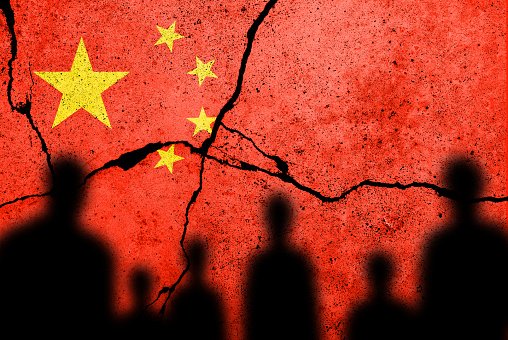
The world's largest manufacturer, China now produces a wide variety of commodities that are shipped around the world. The nation's manufacturing industry has grown to be a major player in the global economy, contributing over 28% of manufacturing production globally in 2019. We shall examine China's rise to global manufacturing supremacy in this post, along with some of the advantages and disadvantages that come with it.
China's supremacy in manufacturing did not emerge overnight. Manufacturing and industrialisation in the nation have a lengthy history that dates back to antiquity. China was one of the greatest manufacturing nations in the 19th century, creating commodities like textiles, ceramics, and other things. However, political unrest and the influence of foreign powers led to a collapse in the nation's manufacturing sector in the early 20th century.
China's enormous workforce is one of the main elements that has aided in the country's supremacy in the manufacturing sector. With a population of more than 1.4 billion, China has a sizable labor pool available for the country's industrial industry. China is also a desirable location for businesses trying to cut their production expenses because labor prices there are comparably cheap to those in other nations.
China's investment in technology and infrastructure is another aspect that has contributed to the country's rise as a manufacturing powerhouse. China has made significant investments in constructing roads, railways, and ports, which has made it simpler and more affordable for businesses to carry commodities. Furthermore, China has significantly invested in technology, such as robotics and artificial intelligence, which has increased the effectiveness of its manufacturing industry.
The global economy has been impacted by China's dominance in manufacturing in both positive and negative ways. On the plus side, China's manufacturing industry has helped to fuel the creation of millions of employment in China and other nations that depend on Chinese manufacturing. Likewise, China's exports have boosted international trade, giving customers access to reasonably priced items elsewhere.
But, there are disadvantages to China's hegemony in the industrial sector. Pollution of the environment is one of the main problems. Air and water pollution are both well-known for being at high levels in China's manufacturing sector. Those who live and work in high-pollution areas suffer health effects in addition to environmental harm from this pollution.
The working conditions for factory workers are another problem. Despite recent improvements in China's labor regulations, there are still issues with subpar working conditions, low pay, and the use of child labor in some companies. Human rights organizations have criticized this, and there have been requests for businesses to enhance their supply chain management in order to guarantee that workers are treated appropriately.
Concerns exist regarding China's trade policies as well. China has been accused by several nations of unfair trade practices, including the manipulation of currencies and the theft of intellectual property. Moreover, trade imbalances have resulted from China's dominance in manufacturing, with some nations purchasing more items from China than they are exporting to China.
How China's manufacturing hegemony will change in the future is a topic of debate. According to some experts, China's manufacturing sector will keep expanding into new sectors including biotechnology and renewable energy. Some say that China's manufacturing industry may experience a decrease due to competition from other nations and growing labor costs.
One thing is certain: China's supremacy in manufacturing has had a big influence on the world economy and will continue to do so. Making wise purchasing decisions as customers means being aware of the advantages and disadvantages of Chinese-made items. It is crucial for businesses to think about the ethical and environmental ramifications of buying products from China and to make efforts to enhance working conditions and lessen the negative effects of production on the environment.
Other nations are also beginning to compete with China in the manufacturing industry. For instance, businesses wishing to diversify their manufacturing operations are investing increasingly in Southeast Asian nations like Vietnam and Indonesia. These nations are desirable locations for manufacturing due to their cheap labor costs and expanding labor force.
The COVID-19 pandemic has also brought to light some of the weaknesses in international supply chains, especially those in the manufacturing industry. Many businesses now understand how crucial it is to diversify their supply chains and lessen their reliance on a particular nation or location for their manufacturing requirements. This might result in a change in the dominating manufacturing superpower status from China to a more diverse global manufacturing landscape.
In conclusion, China's supremacy in manufacturing has been a significant influence in the global economy, supplying consumers all over the world with jobs and reasonably priced items. But, there are also worries regarding China's manufacturing sector's social and environmental effects, in addition to its business methods. It will be crucial for businesses to think about the ethical and environmental implications of their manufacturing operations as well as for customers to make educated purchasing decisions as the world of manufacturing continues to change.
Posted Using LeoFinance Beta